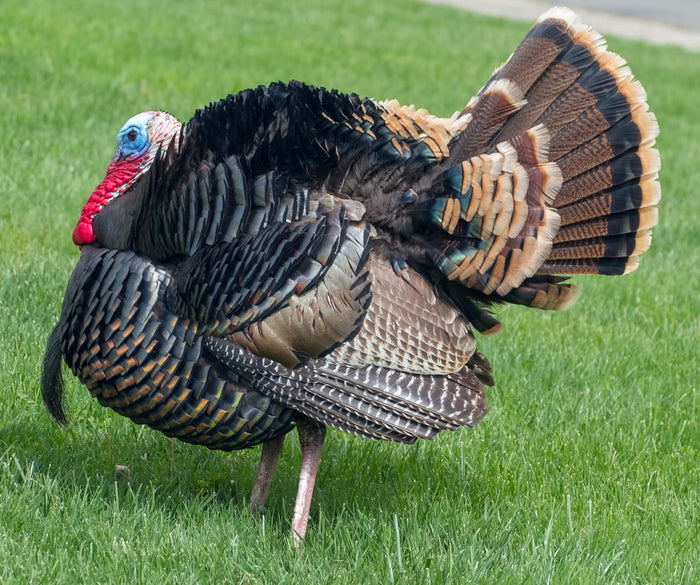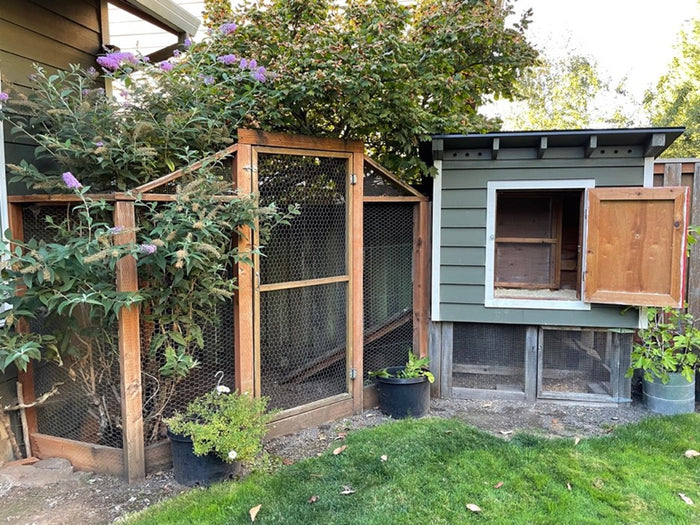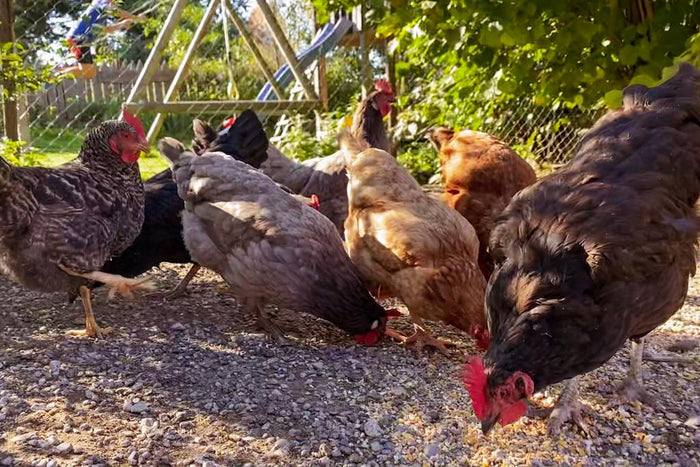Why Chickens Are the Most Popular Poultry to Raise

Why do so many people raise backyard chickens and not ducks, geese, turkey, quails or other poultry? This is the question many people considering backyard farming often ask. So if you are new to backyard farming, you are probably not sure why this is the case. However, if you've ever owned any other poultry besides chicken, you will know the difficulties of raising them.
Keeping things simple, it's all a question of the return. A return on your money or a return on your time. If you look at this question from another angle, you could say it's about input vs. output. The input being time, money and effort (physical or mental) while the output being the eggs, meat or just pleasure you derive from raising poultry. Following this logic, chickens beat other poultry by far because they are relatively easy to raise and the amount of eggs you can get in return is exponentially higher than what you would get from most other poultry. Ducks and quails come second, while geese, turkey, pheasants, guineas, peafowl, pigeon and others give way less return. Let's look at the pros and cons of each in a bit more details:
1) Chickens
Absolute winner in terms of ease of raising, with phenomenal output - a hen that is properly taken care of can give up to 250 eggs per year. You can also keep chicken for their meat, although most of backyard chicken farming revolves around hens kept for eggs and an occasional rooster for the meat.
2) Ducks
Ducks are like the messier (especially poop wise) and noisier version of chickens. Under optimal conditions however ducks can give even more eggs than hens in a given year with the number of eggs being around 300-350.
3) Geese
Geese are like the messier and noisier version of ducks and are not known to be amazing egg layers with the number of eggs per year being up to 50.
4) Quail
Quails do not need a lot of space but are very hard to tame and might fly away if you are not careful. They do provide eggs on top of the meat however, up to 300 per year however they are very small in size, about a third of chicken's egg. We've seen people keeping quail in their own apartments since the cage they can be kept in is relatively small. However, things can get messy very easily and quails do poop a lot so do this at your own risk. It is much better if you have a garden shed for this purpose.
5) Other fowl - Turkey, pheasants, guineas, peafowl and pigeon.
These are usually kept for their meat and of course the pleasure of raising a bird. Turkeys are not very intelligent creatures and you really need a lot of patience to take care of them. Peafowl will take some time to grow and will consume quite a bit of feed in the process of doing so. Guineas will get agitated at the slightest unexpected sound.
Conclusion
Having read this, you may now be more aware of the pros and cons of raising poultry other than chickens. Our intent is not to dissuade you from raising other kinds of poultry, but rather to spread the awareness that other poultry may not be as easy to raise as chickens. We recommend everyone to start off with raising chickens first and then slowly add variety to their coop. The amount of variety you want really depends on you, your family and the time and effort that you want to put in. There's really no right or wrong way to go about doing this so whatever you choose, enjoy it!


